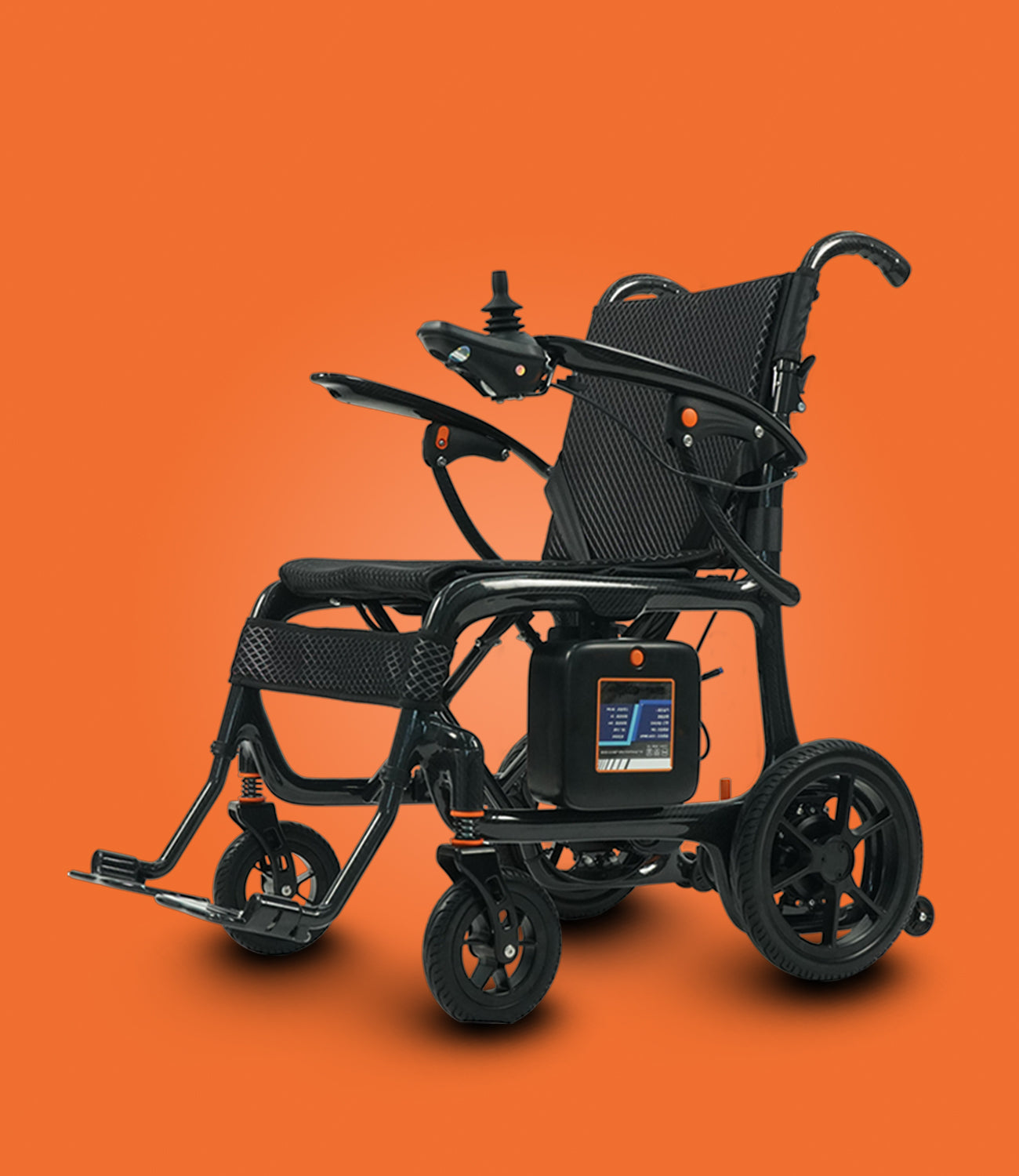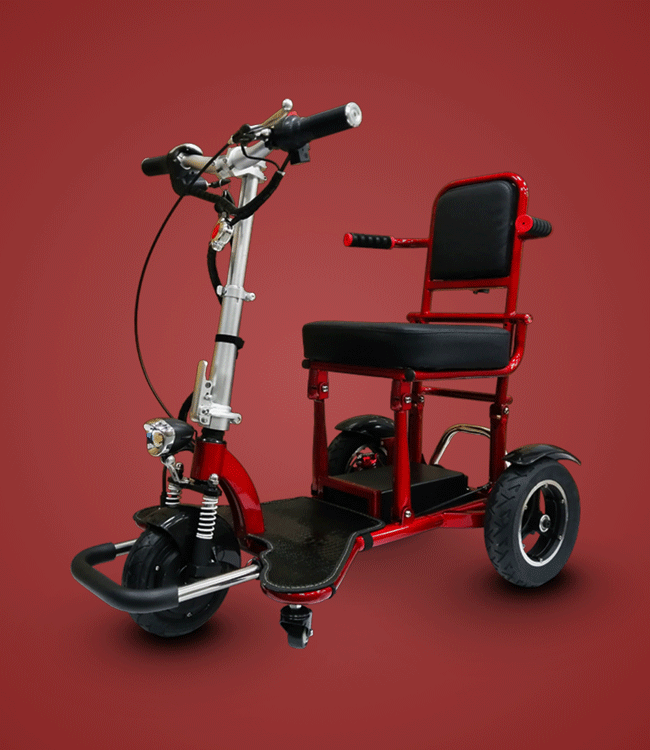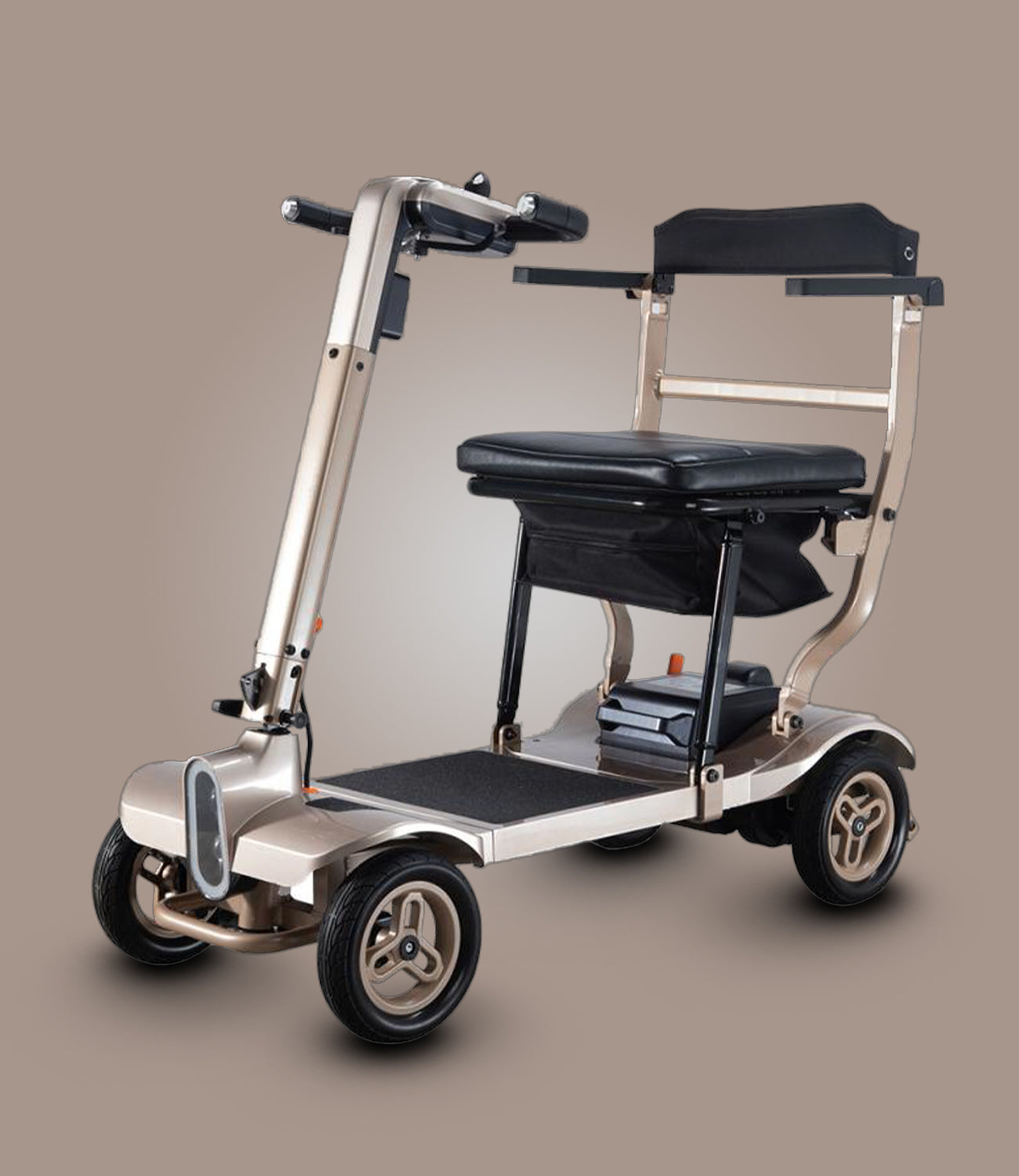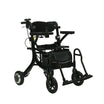Navigating the streets and pathways with electric wheelchairs and mobility scooters requires more than just understanding how to operate the device—it also involves knowing and following the road rules. In Australia, specific regulations ensure the safety of users and others sharing public spaces. Whether you're a first-time user or looking for a refresher, this guide outlines the essential road rules for electric wheelchairs and mobility scooters, helping you stay safe and compliant.
Mobility Scooters & Motorised Electric Wheelchairs
Mobility scooters and motorised electric wheelchairs are essential aids that provide independence and accessibility for individuals with mobility challenges. These devices are widely used across Australia, enabling users to navigate public spaces, roads, and pathways safely and efficiently.
Both mobility scooters and electric wheelchairs are powered by batteries and designed to assist people in moving around with ease. Whether used for short trips to the local shop or longer journeys outdoors, these aids enhance quality of life by making transportation more convenient and accessible.
To ensure safe operation, it's important to understand the basic rules and guidelines that apply to these devices, particularly when sharing spaces with pedestrians, cyclists, and vehicles.
Rules & Code of Conduct in Australia
To ensure the safety of users and others, road rules and regulations have been established. While specific guidelines vary between states and territories, several fundamental rules apply nationwide.
General Rules for Mobility Devices Across Australia
-
Who Can Use Mobility Devices
Only individuals with a disability or those who experience difficulty walking are permitted to use mobility scooters or electric wheelchairs. -
Speed Limits
Mobility devices must not exceed 10 km/h when traveling on flat surfaces. -
Classification as Pedestrians
Users of these devices are considered pedestrians and must adhere to pedestrian road rules. -
Footpath Usage
Mobility devices should be used on footpaths or nature strips where available, avoiding roads unless absolutely necessary. -
Substance Prohibition
Operating a mobility scooter or wheelchair under the influence of drugs or alcohol is illegal. -
Registration Requirements
In most states, registration is not required for mobility devices. However, in Queensland, registration may be necessary.
State and Territory Guidelines
Each Australian state and territory may have additional rules tailored to local conditions. To ensure compliance, check the specific regulations for your region:
- New South Wales (NSW)
- Victoria
- Queensland
- Australian Capital Territory (ACT)
- South Australia
- Western Australia
- Tasmania
- Northern Territory
Understanding and following these road rules helps ensure safe and responsible use of mobility scooters and electric wheelchairs, protecting both users and the wider community.
General Rules for Transporting Mobility Aids
If you are planning on travelling to further destinations with your mobility scooter or motorised wheelchair, do make sure to purchase one that is easily foldable, portable and airline-compliant. With sufficient preparation, you can also take your mobility aid wherever you go. Here are some general rules and tips to ensure your mobility aid is transported safely:
For Car, Trailers & Public Transport
1. Check the Device Weight and Dimensions
Before transporting your mobility aid, ensure that your vehicle, trailer, bus or train can accommodate its size and weight. Many mobility scooters and electric wheelchairs are foldable or disassemble for easier transport.2. Secure the Device Properly
-
Use heavy-duty straps or tie-downs to secure your mobility aid in the vehicle.
-
Ensure that the device is stable and will not move during transit to prevent damage.
3. Protect the Battery
-
Lithium-ion batteries used in many mobility aids should be removed and transported according to the manufacturer’s guidelines.
-
Ensure the battery is turned off and properly insulated to avoid short circuits.
4. Use a Mobility Trailer or Ramp
-
For larger mobility scooters or wheelchairs, consider using a trailer designed specifically for mobility aids.
-
Install a loading ramp to make it easier to load and unload the device without injury.
Travelling with a mobility scooter or motorised wheelchair on an Airplane requires you to to make sure that the device and its battery complies with airline policies. Most airlines in Australia allow mobility aids to be carried free of charge, but:
-
The battery must comply with airline standards (usually under 300Wh for lithium-ion batteries). All of MOBOT's airline-friendly mobility aids have batteries with less than 300Wh.
-
Notify the airline in advance about the mobility aid’s specifications.
-
If you have bought an airline-friendly mobility aid from us and requires the battery documentation for air travels, MOBOT provides the UN38.3 certification to customers upon request.
Regular Maintenance Before Travel
Ensure your mobility aid is in good working condition before transportation. Check for:
-
Fully charged batteries.
-
Secure and functional brakes.
-
Properly inflated tyres with enough traction (if applicable).
Find the right personal mobility aid from MOBOT
Mobot Mobility is a team committed to providing the ultimate solution for your mobility needs. Specialising in lightweight, foldable and compact Personal Mobility Aids (PMAs), we cater to individuals from all walks of life. Our products are designed to comply with Australian regulations, ensuring every purchase is both reliable and worry-free. Click here to view our collections or shop now!












Leave a comment
This site is protected by hCaptcha and the hCaptcha Privacy Policy and Terms of Service apply.